JEWLERY CARE
-Keep your jewelry away from lotions, perfumes and harsh chemicals. Remove jewelry when swimming and showering to prolong the life of your piece. Remember that turquoise & opals are very soft stones and jewelry should be taken off during any strenuous activity.
- SILVER: Use a soft cloth or silver polishing cloth to remove tarnish and dirt. You can also clean silver with warm water and gentle soap. Keep silver dry and away from air. Store it in a tarnish-proof cloth or box, and consider adding desiccant crystals to the storage area if it's humid. Avoid storing silver with rubber bands or other rubber products.
- BRASS: Brass will naturally tarnish. Its best to keep it in a cool dry place to slow this process. I like to polish up my brass pieces with extra fine steel wool- this will remove any build up as well as restore its beautiful matte finish
- GOLD:Use a soft-bristled brush and a solution of warm water and mild, detergent-free soap to clean your gold jewelry. You can also use a jewelry polishing cloth or cleaning solution (please inquire what your stone can handle). Take off your gold jewelry before cooking, cleaning, showering, gardening, sleeping, exercising, or doing anything that involves your hands. Gold is malleable, so it's important to be careful.
- 14K GOLD FILL: Unlike gold plated jewelry, 14k gold-filled jewelry is made of a layer of 14k gold bonded to a base metal. With proper care, 14k gold-filled jewelry can last a lifetime. Use a soft cloth to remove makeup, oils, and other substances after each wear.
OPAL CARE:
-Opal is a soft stone, approximately the same hardness as glass, so it is important to treat your opal carefully to avoid damaging it. Remove your opal jewelry while doing physical work such as gardening, exercising, or housekeeping.
-Some opals cannot be damaged by water but it is still recommended to remove your opal jewelry before swimming, showering or doing the dishes.
-Never expose your jewelry to chemicals, cleaning products, chlorine or bleach
- AUSTRALIAN OPAL: Solid Australian opals cannot be damaged by water. Try to avoid very high temperatures or low humidity to prevent cracks. You can clean your opal using warm water, mild soap and a soft toothbrush to wipe away any grime that may have built up.
- OPAL DOUBLETS: Opal doublets consist of a thin layer of opal bonded to a ironstone backing. Try to avoid getting your doublet wet. Prolonged exposure could allow water to penetrate between the layers which may cause the layers to separate, producing a foggy or grey appearance inside the stone. You can clean your piece by wiping with a damp soft cloth.
- ETHIOPIAN/ CANTERA OPALS: Ethiopian and Cantera opals are known as being “hydrophane” meaning the opal is very porous and can absorb water & oils which in turn dulls the “fire” of the opal. These opals should not get wet or be exposed to excessive heat or changes in temperature. Take these pieces off when washing hands, showering, using soaps or lotions, and during exercise. For cleaning, I recommend using a soft linen cloth to polish the stones.
HERRINGBONE CHAINS:
- Caring: Herringbone chains are delicate and require careful handling. They should be stored flat and not pushed against hard materials. Sleeping in a herringbone chain can also cause damage.
- Beware: Chemicals found in everyday products like lotions, cosmetics, and shampoos can build up on on these chains and damage it. The chemicals can act as abrasives, and some can corrode the metal.
- Cleaning: Gently wash the chain under warm water with mild soap. You can use a soft toothbrush to clean away grime. Do not pull the chain through a polishing cloth, this can cause the links to separate. Since these chains are worn so closely to our skin it is really important that they are regularily cleaned to prevent damange.





